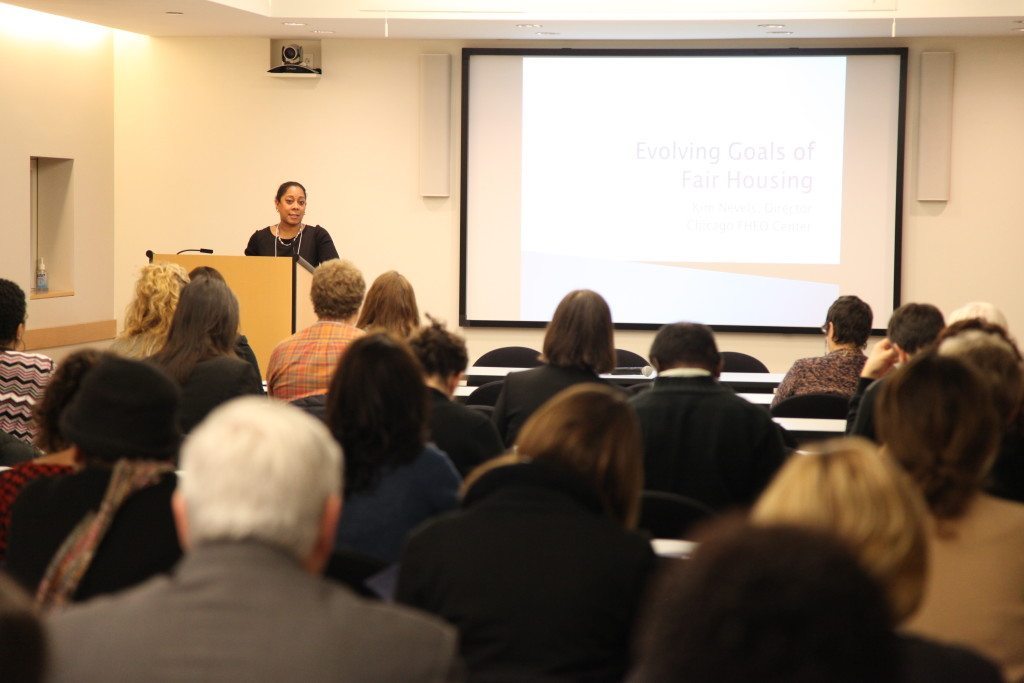
Kim Nevels, HUD’s Director of the Chicago FHEO Center, provided an overview of the federal government’s evolving role in Affirmatively Furthering Fair Housing (AFFH) at Lightengale Group’s Fair Housing Conference in January.
Disparate Impact Ruling
In 2015, the Supreme Court ruled in the Texas Department of Housing and Community Affairs (a State LIHTC allocating agency) versus Inclusive Communities Project, Inc, that a policy that is on its face neutral to any of the protected classes (race, religion, ethnicity, disability or familial status), can still be deemed discriminatory if the impact of the policy has an adverse impact on the protected class (“disparate impact”).
In this case, the LIHTC agency provided additional consideration/points for projects located in a high poverty area (a QCT) and, as a result, the successful applications were largely projects located in high-poverty areas with a concentration of minorities. The consequence was that the bulk of affordable housing for low-income minority households was provided (indirectly) by the government in low-income minority neighborhoods, thereby continuing a pattern of racial discrimination.
Updated HUD Guidance
HUD also issued updated guidance in July 2015 for communities that receive federal funds (CDBG and HOME are primary sources) on how to update their Consolidated Plans so they can demonstrate their adherence to Affirmatively Furthering Fair Housing (AFFH). AFFH can be loosely translated to integrating protected class households into areas where they have not traditionally had access.
HUD is now attempting to link communities efforts to AFFH with that community’s access to the significant resources HUD provides. This is a challenging proposition as there are many administrative funnels in HUD, and the civil rights enforcement is generally not linked to the Consolidated Plan approval process. However, the current hope is that this attempt by HUD will be more successful than the (first and) last time it was attempted in 1972. These early attempts are detailed in ProPublica.
HUD Efforts Moving Forward
Does encouraging affordable housing in high income low-minority areas mean that HUD does not want cities to invest money into their high poverty high-minority areas? No, states Ms. Nevels. HUD has a “Both And” approach, meaning that there should be housing options in all types of communities so that households have options on where to live.
HUD is also encouraging more regional planning efforts between units of government (not allowed previously) to show how broader goals can be accomplished cooperatively. Of course, building housing for lower income families in high income areas continues to be a challenge – community support, zoning changes, and organized opposition are the daily realities of developers who trod down that path. (The HBO Series Show Me A Hero documents one such struggle).
However, with additional funding incentives from various government entities to find housing in opportunity-rich areas, it is the hope that integrating affordable housing in all types of communities becomes the new norm.
Lightengale Group thanks Ms. Nevels for sharing her passion for fair housing opportunities and providing the update on HUD’s strategy to further it.
